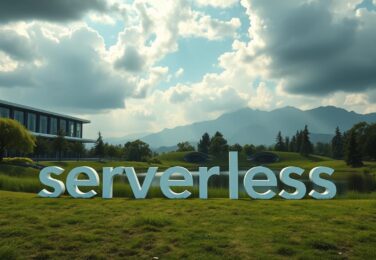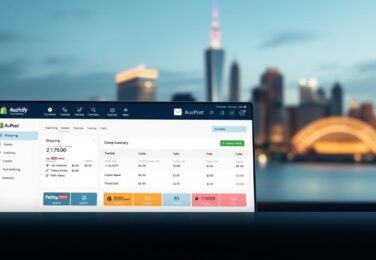Open Source Vs Enterprise
Table of Content
Open-source and enterprise software refer to the licenses and business models under which software is developed and distributed.
Open-source software is software that is freely available to the public, and its source code can be modified and distributed by anyone. Open-source software is typically developed and maintained by a community of volunteers and users, and it is often free to use. Examples of open-source software include Linux, Apache, and WordPress.
Enterprise software, on the other hand, is software that is developed and distributed by companies or organizations for use in business environments. Enterprise software is typically sold with licenses, and it is often more feature-rich and specialized than open-source software. Examples of enterprise software include Microsoft Windows, Oracle Database, and Salesforce.
The main difference between open-source and enterprise software is in their licenses and business models. Open-source software is typically free to use, modify, and distribute, while enterprise software is typically sold with licenses. This means that enterprise software can be more expensive, but it also tends to have more features, better support, and more scalability options than open-source software.
Another key difference is that open-source software has a community behind it, which can be a source of support, fixes, and features. Enterprise software, on the other hand, is developed and maintained by a company, which provides support and maintenance in exchange for payment.
In summary, open-source software is free, flexible and community-driven. Enterprise software is paid, more powerful and scalable, but also more expensive and usually requires a vendor’s support. The choice between open-source and enterprise software depends on the specific needs of the organization and the resources available.










